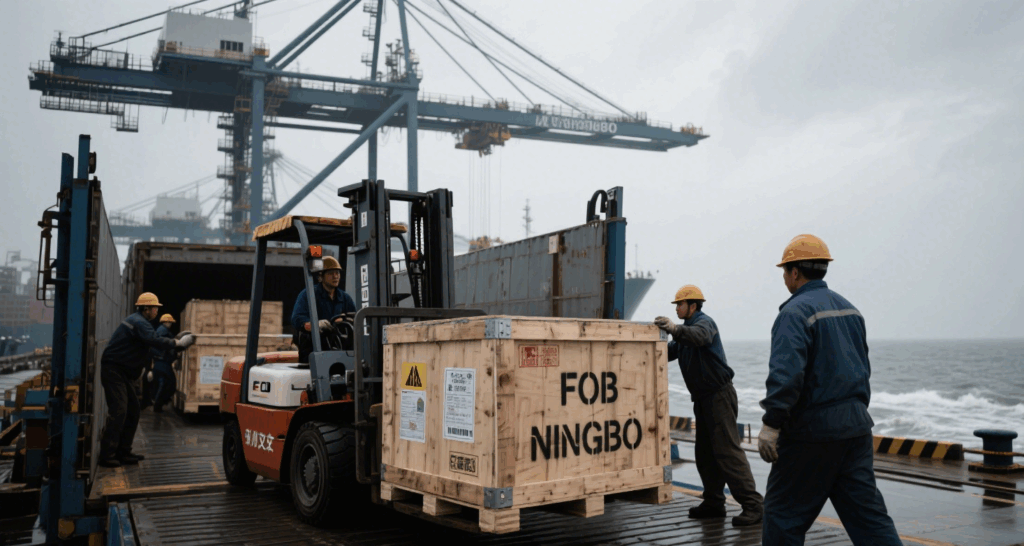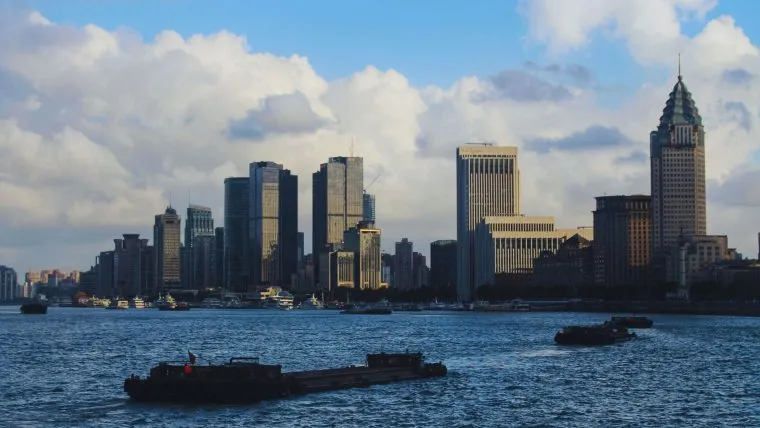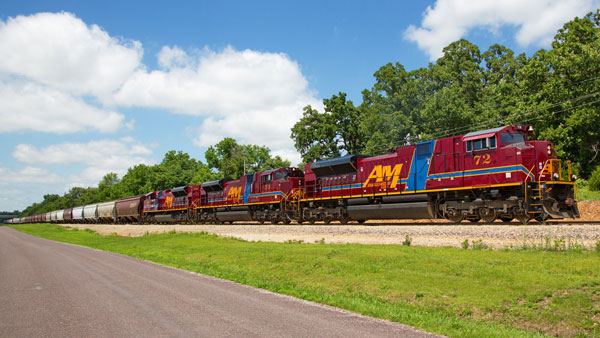Many importers ask if it is worth it to consolidar carga en China. This practice reduces expenses, optimizes transit times, and simplifies customs. However, it requires proper planning, clear documentation, and reliable freight partners to succeed. This guide explains methods, costs, and strategies with practical case studies.
What Does It Mean to Consolidar Carga en China?
Consolidation means combining shipments from multiple suppliers into one container. As a result, importers save on freight, simplify customs, and streamline supply chains. Although it requires coordination, the benefits often outweigh the challenges.
Why Should Importers Consider Cargo Consolidation?
Cargo consolidation offers several financial and logistical advantages:
- Lower per-unit shipping costs
- Simplified customs clearance
- Reduced damage risk with professional packing
- Flexible solutions for SMEs with smaller orders
Moreover, businesses can negotiate better carrier rates when using consolidation hubs near ports like Shenzhen, Ningbo, or Shanghai.
How Much Does It Cost to Consolidar Carga en China?
Costs depend on volume, weight, mode, and distance.
| Container Size | China → USA | China → Europe | China → Latin America |
|---|---|---|---|
| 20GP (LCL) | $2,600–$3,000 | $2,800–$3,200 | $3,200–$3,600 |
| 40GP (FCL) | $5,200–$5,600 | $5,400–$5,900 | $5,800–$6,200 |
| 40HQ (FCL) | $5,600–$6,200 | $5,800–$6,400 | $6,200–$6,800 |
📌Consolidation makes sense for importers who cannot fill a container alone but want to reduce per-unit shipping costs.
What Transit Times Apply When Consolidating Cargo?
| Destination | Average Transit Time | Mode |
|---|---|---|
| USA West Coast | 20–25 days | Sea Freight |
| USA East Coast | 28–35 days | Sea Freight |
| Europe (Hamburg) | 25–32 days | Sea Freight |
| Latin America | 30–40 days | Sea Freight |
| Air Freight | 5–9 days | Air Cargo |
| Rail to Europe | 18–22 days | Rail Freight |
Which Shipping Method Is Best for Cargo Consolidation?
| Method | Pros | Cons |
|---|---|---|
| Sea Freight | Cheapest per unit, high volume capacity | Long transit times |
| Air Freight | Fast, secure, reliable | Expensive, weight limits |
| Rail Freight | Balanced speed and cost, eco-friendly | Limited destinations |
| Courier | Door-to-door, simplified customs | High cost for bulk cargo |
What Documents Are Needed for Consolidated Shipments?
Consolidation requires accurate paperwork to avoid delays.
- Commercial Invoice
- Packing List (supplier + consolidated)
- House Bill of Lading
- Master Bill of Lading
- Certificate of Origin
- HS Codes & Import Declaration
Real Case Studies
Case 1 – Electronics via Sea Freight
- Route: Shenzhen → Los Angeles
- Cargo: LCL, 12 CBM of electronics from 3 suppliers
- Cost: $2,850
- Transit Time: 28 days
- Mode: Sea Freight LCL
- Result: Reduced cost 30% compared to air
Case 2 – Apparel via Rail Freight
- Route: Xi’an → Hamburg
- Cargo: 1x20GP textiles consolidated from 5 suppliers
- Cost: $3,450
- Transit Time: 21 days
- Mode: Rail Freight
- Result: Balanced cost and time, ideal for seasonal stock
Should You Use FCL or LCL When Consolidating Cargo?
| Criteria | FCL Consolidation | LCL Consolidation |
|---|---|---|
| Best for | Multiple suppliers filling full container | Small shipments |
| Cost | Lower per unit | Higher per unit |
| Speed | Faster direct service | Slower due to consolidation |
| Risk | Lower damage risk | Mixed cargo risk |
How Do Incoterms Affect Consolidation in China?
- FOB: Seller delivers to port, buyer consolidates cargo
- CIF: Seller arranges freight and insurance, but buyer may still consolidate
- DDP: Seller pays all, rarely used for multi-supplier consolidation
Choosing FOB is most common, since buyers control freight and can negotiate better consolidation deals.

Can SMEs Benefit from Consolidation Services?
Yes. SMEs avoid paying full container rates and still access global supply chains. Additionally, they gain flexible shipping schedules and predictable costs. Without consolidation, many small importers would find international trade unprofitable.
Conclusion
In conclusion, consolidar carga en China helps importers lower costs, simplify customs, and improve supply chain efficiency. Sea freight remains the most economical option, air ensures speed, and rail offers balance. Moreover, SMEs particularly benefit from consolidation by accessing competitive freight rates and flexible shipping. With smart planning, accurate documentation, and trusted freight partners, consolidation turns global shipping challenges into opportunities for growth.
- Consult TJ China Freight Forwarding for the lowest quote. They will provide you with reliable, cost-effective service.
FAQs
Q1.How can I consolidar carga en China with multiple suppliers?
Freight forwarders collect goods from different suppliers, consolidate at a warehouse, and ship together under one bill of lading.
Q2.What is the cheapest way to consolidar carga en China?
Sea freight LCL is the cheapest method to consolidar carga en China, reducing costs for small-volume importers and e-commerce sellers.
Q3.Does consolidar carga en China affect customs clearance?
Yes, consolidated cargo requires unified documentation, making customs clearance faster, simpler, and less costly for international importers.
Q4.Can rail freight be used to consolidar carga en China?
Yes, rail freight is an efficient option to consolidar carga en China to Europe, balancing delivery time and total logistics costs.
Q5.Do Incoterms change how to consolidar carga en China?
FOB is most common for buyers consolidating cargo in China, allowing them to control freight, documentation, and customs arrangements.





